Air Potato, also known as Air Potato Vine, Air Yam, or Bitter Yam, is a perennial vine scientifically classified as Dioscorea bulbifera. Belonging to the family Dioscoreaceae, this species originates from Asia and sub-Saharan Africa.
Historically, ancient Polynesians transported air potato to Hawaii in their canoes, where it served as a survival food during famines due to the potential toxicity of its bulbils. The plant is notable for its rapid growth, which enables it to dominate other species. Its vines produce multiple bulbils, each capable of rooting and growing into new vines, contributing to its aggressive spread.
This hardy and vigorous vine has captured attention for its growth habits and cultural history, making it a fascinating plant for gardeners and environmentalists alike.
| Common name | Air Potato, Air Potato Vine, Air Yam, Bitter Yam |
| Botanical name | Dioscorea bulbifera |
| Family | Dioscoreaceae |
| Species | bulbifera |
| Origin | Asia and sub-Saharan Africa |
| Life cycle | Perennial |
| Plant type | Perennial |
| Sunlight | Full Sun |
| Maintenance | High |
| Growth rate | Fast |
| Harvest time | Fall |
| Flowering period | Fall |
| Flower color | Green |
| Leaf color | Green |
| Stem color | Green |
| Fruit type | Capsule |
I. Appearance and Characteristics
Dioscorea bulbifera (commonly known as the air potato, air yam, bitter yam, cheeky yam, potato yam, aerial yam, and parsnip yam) is a species of true yam in the yam family, Dioscoreaceae. It is native to Africa, Asia and northern Australia. It is widely cultivated and has become naturalized in many regions (Latin America, the West Indies, the Southeastern United States, and various oceanic islands).
It is also known as the up-yam in Nigerian Pidgin English, since the plant is cultivated more for its bulbils than for its tubers.
Dioscorea bulbifera is a perennial vine with broad, alternate leaves, and two types of storage organs. The plant forms bulbils in the leaf axils of the twining stems, and tubers beneath the ground. These tubers are like small, oblong potatoes. Some varieties are edible and cultivated as a food crop, especially in West Africa. The tubers of edible varieties often have a bitter taste, which can be removed by boiling. They can then be prepared in the same way as other yams, potatoes, and sweet potatoes.

Air potato can grow extremely quickly, roughly 8 inches per day, and eventually reach over 60 ft long. It typically climbs to the tops of trees and has a tendency to take over native plants. New plants develop from bulbils that form on the plant, and these bulbils serve as a means of dispersal. The aerial stems of air potato die back in winter, but resprouting occurs from bulbils and underground tubers.
The primary means of spread and reproduction are by the bulbils. The smallest bulbils make control of air potato difficult due to their ability to sprout at a very small stage. The vine produces small white flowers; however, these are rarely seen when it grows in Florida. The fruits are capsules.
Toxicity
Uncultivated forms, such as those found growing wild in Florida, can be poisonous. These varieties contain the steroid diosgenin, which is a principal material used in the manufacture of a number of synthetic steroidal hormones, such as those used in hormonal contraception. There have been claims that even the wild forms are rendered edible after drying and boiling, leading to confusion over actual toxicity
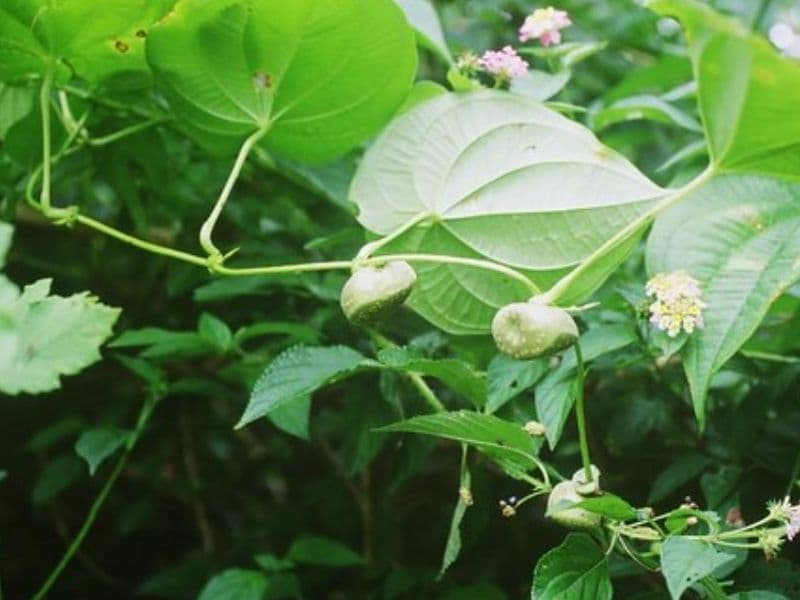
Invasive species
In some places, such as Florida, it is considered a noxious weed because of its quick-growing, large-leafed vine that spreads tenaciously and shades out any plants growing beneath it. The bulbils on the vines sprout and become new vines, twisting around each other to form a thick mat. If the plant is cut to the ground, the tubers can survive for extended periods and send up new shoots later.
The leaf beetle Lilioceris cheni has been studied and employed as an agent of biological pest control for the plant, with releases in 2012.
II. How to Grow and Care
Sunlight
Air potato thrives optimally under full sun exposure, where it receives a high intensity of light for long durations, fueling robust growth and health. However, air potato is versatile, tolerating partial sun, which allows it some flexibility in outdoor planting locations. In less than ideal light, air potato may exhibit reduced vigor and slower tuber development.
Adaptively, its leaves can adjust to capture light efficiently, though they don’t typically exhibit major color changes. Best grown outdoors, air potato should be positioned to maximize light exposure to meet its preferences for strong, direct light.
Watering

Thriving in its native tropical environment, air potato has adapted to regular rainfall patterns, necessitating consistent moisture levels. This species is known for its preference for high humidity and requires a balance of hydration without being waterlogged.
Its watering schedule should reflect the conditions of a tropical rainforest, with watering every week to maintain optimal soil moisture. As an adaptable climber often grown outdoors, air potato can benefit from mulching to retain soil moisture during hot periods, which is essential for its vigorous growth and tuber development.
Soil
Dioscorea bulbifera can grow in any soil as long as it is well drained. You can plant it in loamy, sandy, and clayey soil without having to worry about anything. If you are planting it at home, you can use normal garden soil with some perlite for drainage. Make sure the soil drains well; otherwise, the plant will die due to waterlogging issues.
Fertilizing
To foster robust growth and high yields in air potato, apply a balanced nutrition fertilizer, rich in NPK, every 4-6 weeks during the growing season. Starting dosage at a quarter strength, gradually increasing as air potato matures, maximizes benefits and minimizes risk of overfeeding.
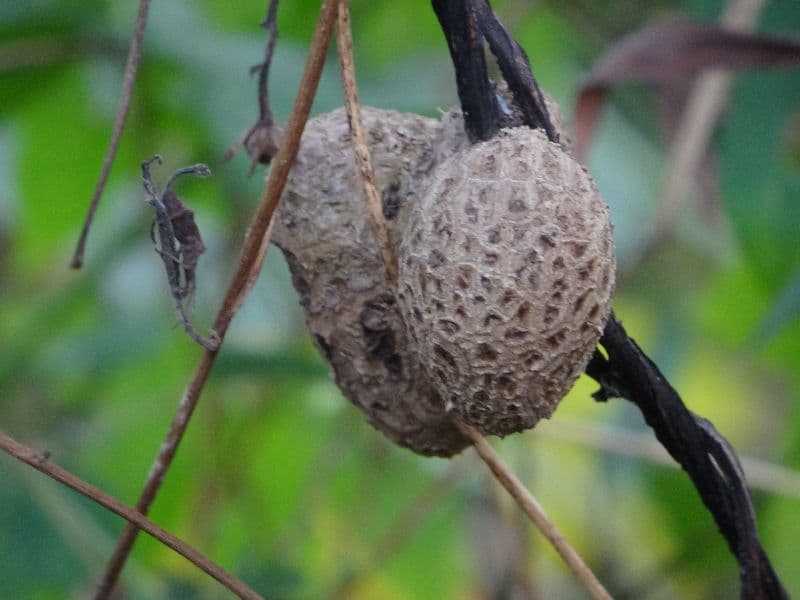
Adjust with care in dormant periods to prevent unnecessary nutrient accumulation. Regularly observe air potato’s response to ensure optimal health and productivity. Adherence to these practices assures a successful fertilization regimen for air potato.
Transplanting
The perfect season to relocate air potato is during the dormant S1 period, typically winter, which allows the plant to establish itself without stressing over growth. It prefers a sunny to partially shaded spot. Always handle air potato with care during transplanting to avoid damaging the tubers.
III. Uses and Benefits
- Culinary uses
Dioscorea bulbifera is not an ornamental plant. The plant is cultivated as a food crop and acts as a staple food in the diet of people in Africa. They taste almost like potatoes and can be used in a variety of cuisines. Additionally, air potato or Dioscorea bulbifera also has several health benefits that make it one of the best vegetables to eat every day.
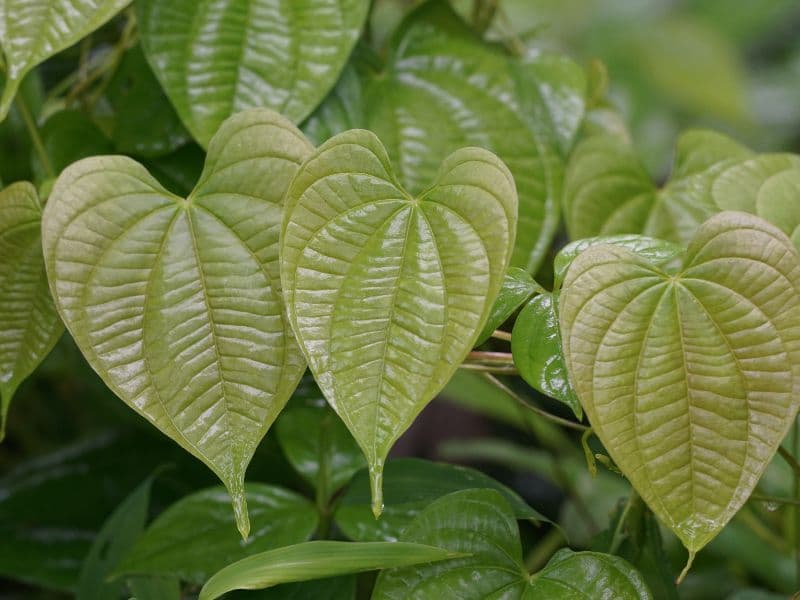
- Medicinal uses
Air potato has been used as a folk remedy to treat conjunctivitis, diarrhoea, and dysentery, among other ailments.
- Other uses
D. bulbifera is highly important to the Tiwi people of Australia, who use it in an important ceremony called kulama. During the ceremony, the tubers are ritually cooked, and eaten on the third day.
Find Where to Buy the Best Air Potato (Dioscorea bulbifera)



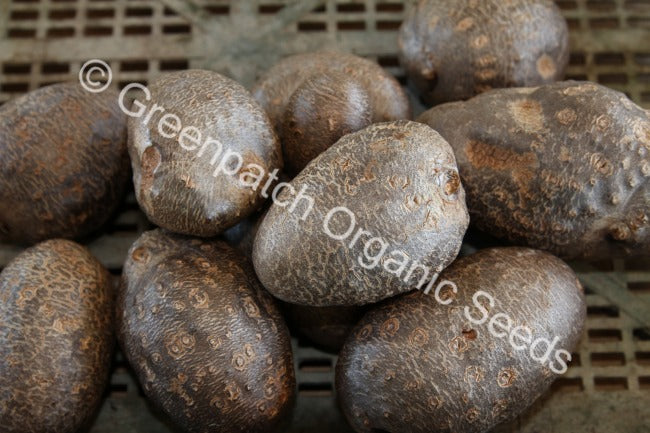



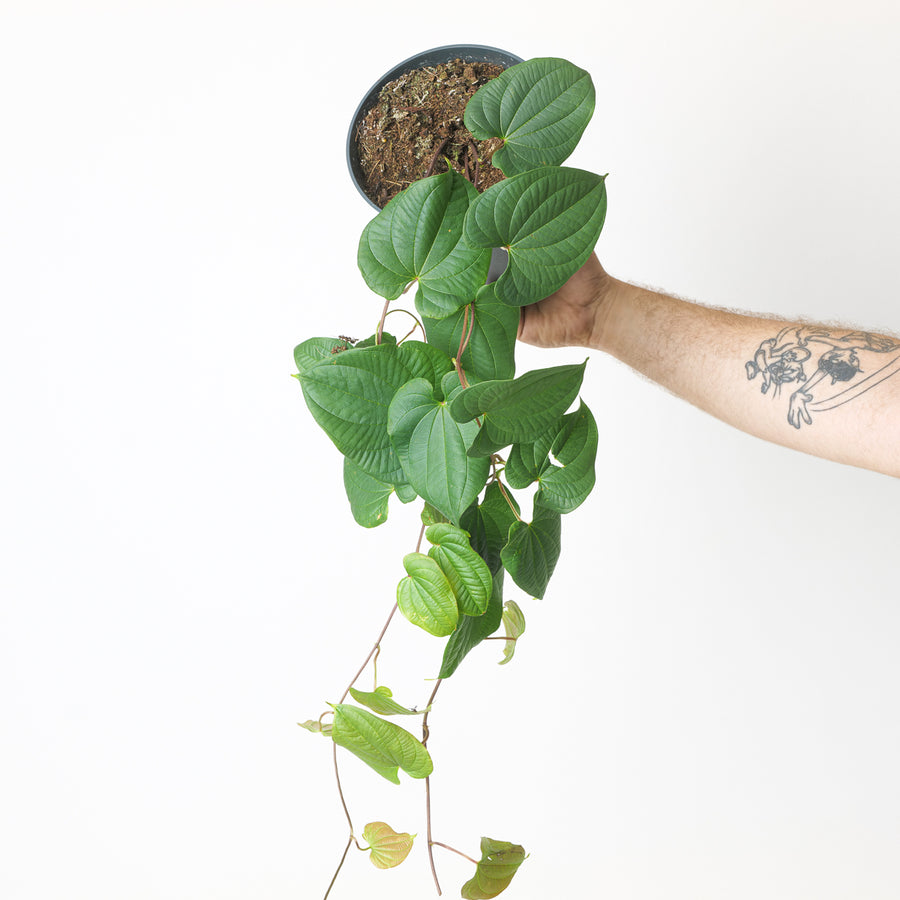








Leave a Reply